Bullying in school is often hidden. In fact, it’s likely to occur in circumstances which may be out of the adults’ sight: before and after lessons, during the breaks, in the corridors, in the toilets, on social media… In addition, bullying can be ongoing for a long time before pupils report it or ask for help.
Bullying’s dynamics can be subtle and sneaky, but its social and psychological consequences can be deep and long-lasting, both for the victim and for the bully.
In this article, I mean to draw attention to the phenomena of bullying, providing definitions, clarifications and tips about it, which can be useful for all the members connected to a school community.
What does bullying mean?
“Bullying” is an English word which has been borrowed by many other languages. You have probably heard about it, regardless of your nationality, since this word describes phenomena that are quite frequent in almost all countries. And It is not infrequent to hear stories told by both young and elderly people.
Bullying is an old issue. It is easy to find tales, novels and films of any age which describe situations where, for example, a swagger seeks to harm someone who appears more vulnerable, while a group of followers contribute to the aggression, or laugh about it.
The word “bullying” is sadly famous but there is no widespread, clear awareness about what it is. It’s not always easy for educators, students and parents to understand bullying’s dynamics deeply, to differentiate it from other occurrences among students and, even more, to do something about it.
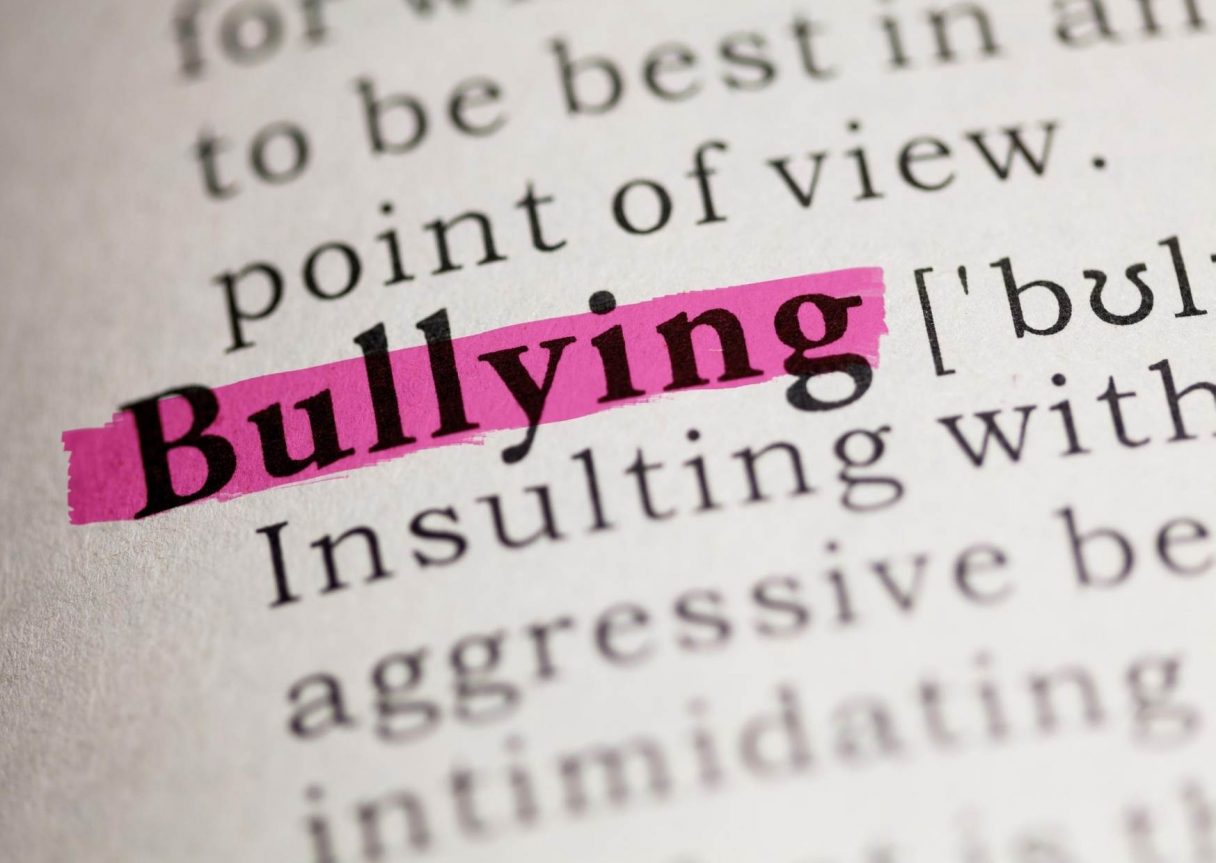
Bullying: definition and features
Dan Olweus, a Scandinavian psychologist, and one of the most important researchers on the theme of bullying, has developed a widely accepted definition about it:
“A person is bullied when he or she is exposed, repeatedly and over time, to negative actions on the part of one or more other persons, and he or she has difficulty defending himself or herself.“
(Olweus, D., 1993, Bullying at School: What We Know and What We Can Do)
According to the definition provided, bullying includes three key components:
- Bullying is intentional, aggressive behavior;
- It involves an imbalance of power;
- It is repeated over time.
The bully can work alone or in “collaboration” with others – and the latter is actually the most common scenario. Anyway, in both cases, the role of the bystanders is crucial. We are going to discover who they are in the next paragraph.
“Bullying” translations and the difference with “mobbing”
French: Harcèlement
German: Mobbing
Greek: Εκφοβισμός (ekfovismós)
Italian: Bullismo
Polish: bulizm / prześladowanie w szkole
Russian: издевательство (izdevatel’stvo)
Spanish: Acoso Escolar
Turkish: Zorbalık
As you can see, in German (but also in some other countries) “mobbing” is a term that refers to bullying. Anyway, in psychology or sociology, mobbing usually refers to occurrences at the workplace.
If you wish to discover more about the origin of the word “bully/bullying” I suggest this article from wordhistories.net.
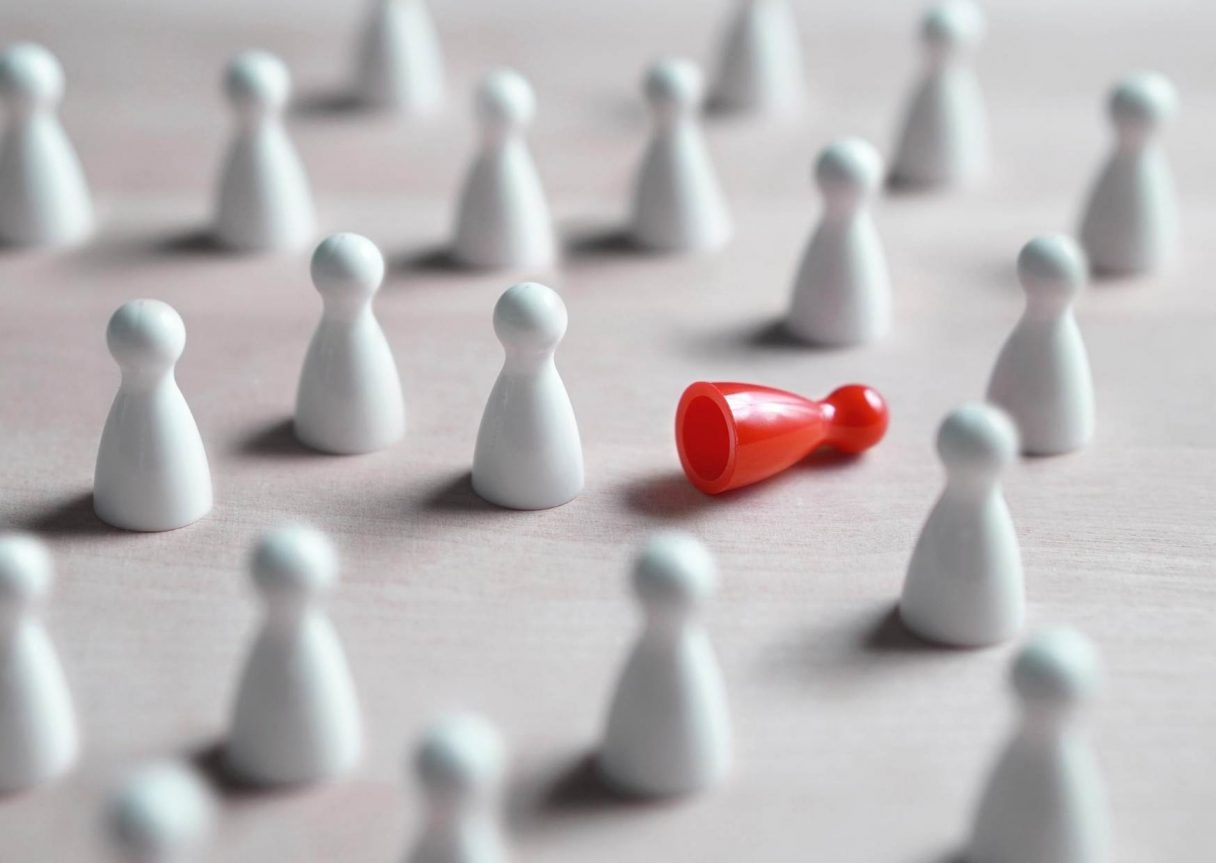
The correlates of bullying
Are there any personal features or environmental factors that can increase the probability for bullying to happen?
Obviously, there are no mathematical formulas which can predict the outbreak of unpleasant episodes. Anyway, in certain situations and given certain individual characteristics, bullying could be more likely to occur. Here is a list of observations about this.
6 types of bullying
Bullying can take different forms and happen in many ways. Here is a list of the most common ones:
01 – Physical bullying
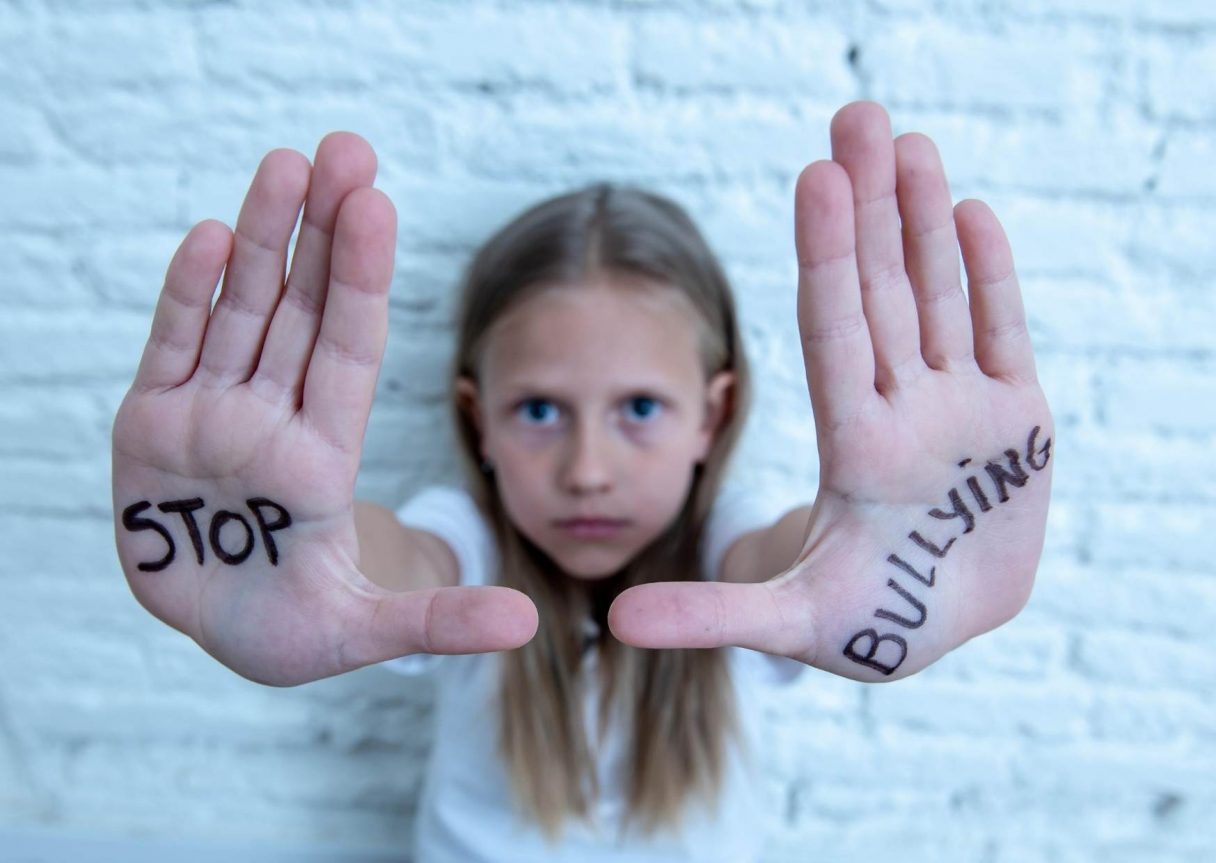
That’s the most evident bullying kind and it is relatively easy to detect. It involves pushing, hitting, punching, kicking, slapping and other forms of physical aggression. The aggressor often looks bigger and stronger;
02 – Verbal bullying
Verbal bullying uses verbal language to humiliate the victim. It can include insulting, teasing, making inappropriate comments, taunting, and threatening. Verbal bullying often happens without the teacher realizing it, but it can lead to an escalation of offenses and be very harmful to the victim;
03 – Relational bullying
Relational bullying is a very sneaky but dangerous form of bullying. It can consist of isolating the victim, excluding him/her from activities and groups, putting an end to friendships, breaking confidences, spreading rumors etc. It is often ignored by adults since it does not necessarily include obvious aggressive behavior. It is usually more common with girls than boys;
04 – Personal belongings
Damaging, hiding or stealing personal belongings;
05 – Reactive bullying
It’s when a former victim of aggressions (at school, at home or in other environments) becomes a bully himself/herself;
06 – Cyberbullying
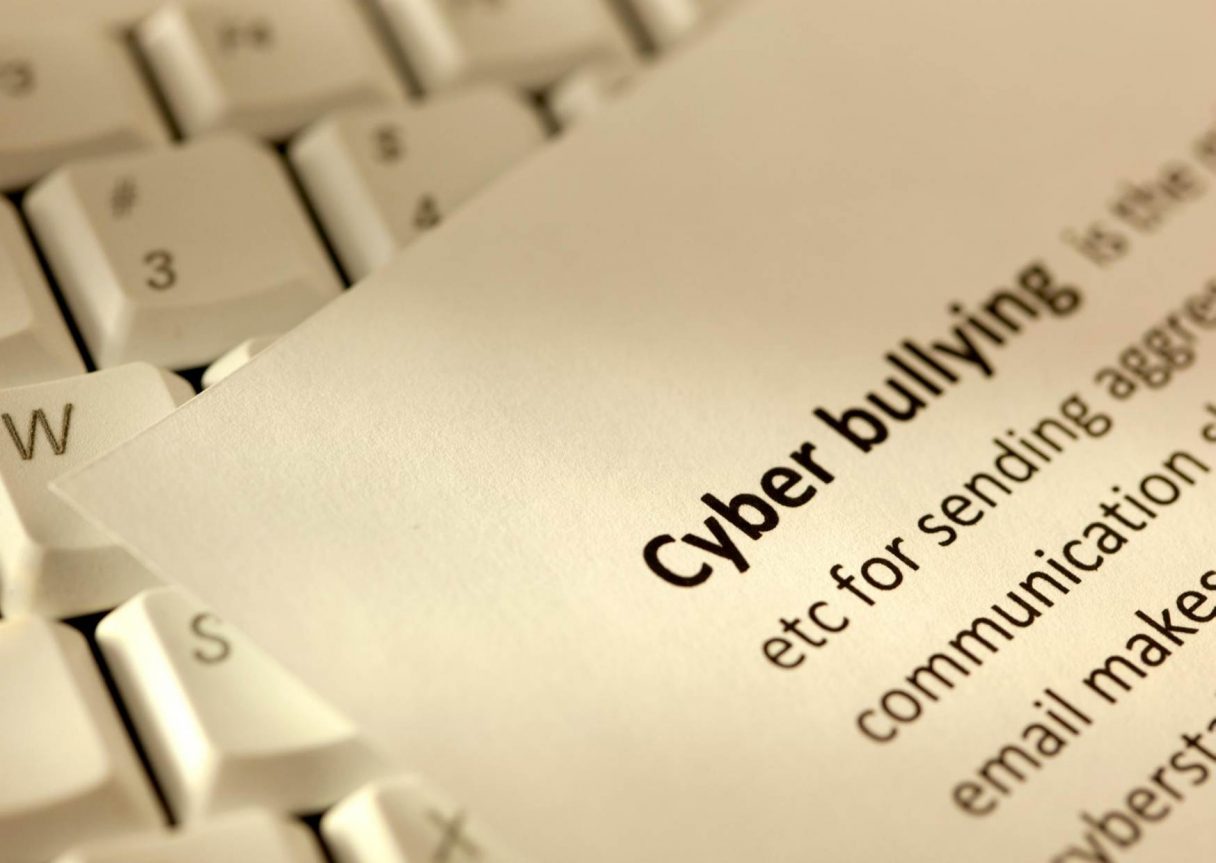
Last but not least: cyberbullying. It involves the use of the Internet and/or technological devices. It’s about sending or posting negative, humiliating messages or information about someone. It can happen via text message, e-mail, on social media, apps, forums, chats, and gaming communities. Bullies are likely to be even meaner online, and they might feel “protected” by anonymity. In cyberbullying, the victim almost has no escape, since it can happen 24 hours a day, and everywhere, even in safe places and pleasant moments. Cyberbullying can involve a big audience, thus having more harmful effects on the victim, but there’s also a “positive” side of online attacks. They can be easy to prove when it comes to reporting them.
Of course, bullying episodes can be a combination of the different types described above.
Are you interested in finding out more about cyberbullying? Check out our course on how to prevent and intervene in (Cyber)bullying in the classroom.
The crew, the bully, and the victim
The bullying “crew”
Bullying does not happen in a vacuum. It is supported by social dynamics, within which the bully and the victim are not the only actors at all. In an environment affected by bullying, most of the people would fall into the category of bystanders. A bystander is anyone who is present during a bullying episode of any kind.
Olweus (2007) has provided a very clear model to describe in detail the different roles of those who take part in bullying, including the ones who “only” witness it.
The core of the “attack” is composed by the bully (the person who starts and leads the bullying) and his/her followers. Rather than starting the bullying, the followers accompany the bully, actively contributing to the harassment of the victim. Then, around the scene there’s a whole audience, whose role is also crucial. Within the “audience”, we can find:
- supporters who, for example, laugh at the bullying or cheer it on;
- students who “silently” rejoice at it;
- the ones who are completely disengaged and don’t care about doing anything about it;
- the ones who do not like what’s going on.
Feeling disapproval for the bullying is not enough to be an actual defender, since very often the witnesses are afraid of confronting the bullies, and they do not know how to help. Taking defensive action might imply a strong dose of courage.
If you think about some bullying situation, it will be quite easy to infer which role(s) each person involved is taking up.
The involvement of the bystanders is crucial. Bullying episodes can somehow be nourished or hindered by the people who can see or know what’s happening.
if you wish to expand your knowledge about behaviour, conflicts and group dynamics in relation to bullying, we run a course which can probably be of your interest.
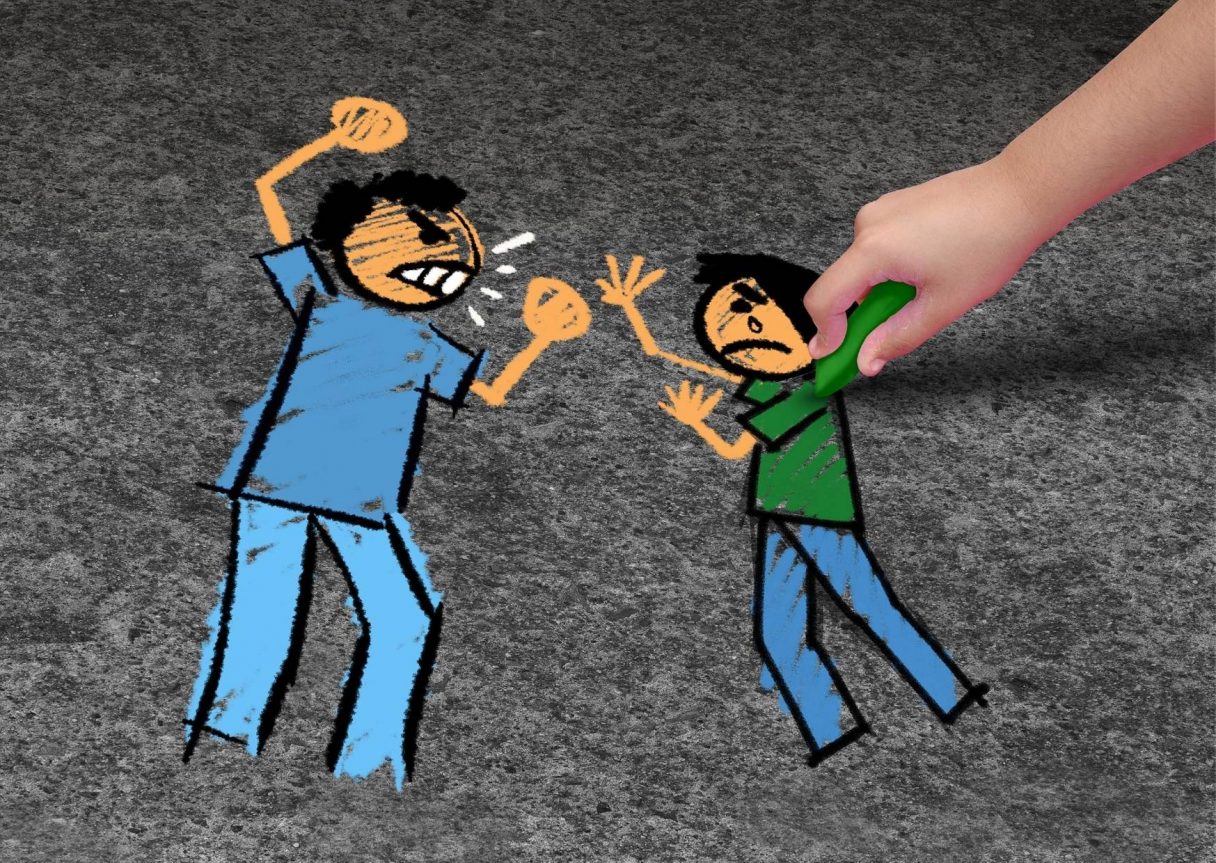
Who is prone to become a bully?
According to the American Psychological Association (APA), two important and frequent correlates to bullying behaviour are:
- Academic troubles;
- Lack of social problem-solving skills.
Clayton R. Cook, professor of Educational Psychology and leader of an interesting research carried out in 2010 in collaboration with a group of scholars from University of California, says: “A typical bully has trouble resolving problems with others and also has trouble academically. He or she usually has negative attitudes and beliefs about others, feels negatively toward himself/herself, comes from a family environment characterized by conflict and poor parenting, perceives school as negative and is negatively influenced by peers.”
Kids or teenagers who are more likely to start bullying are also the ones who:
- Have strong leadership;
- Feel tough and powerful;
- Want to become popular or maintain their social standing;
- Have problems they need to escape.
“Common” victims: the different
Easier target of bullying could be the ones who are considered different due to:
- Sexual orientation;
- National origin;
- Special needs;
- Social belonging;
- Economic status;
- Appearance;
- Clothing;
- Interests…
The following subjects could also be at “risk”:
- The “weaker“: who is shy, who lacks social skills and self-esteem, who tends to be depressed or have negative thoughts;
- Newcomers into a formerly established classroom or group;
- Who arouses envy or jealousy (for example, due to good academic achievement, physical appearance etc.).
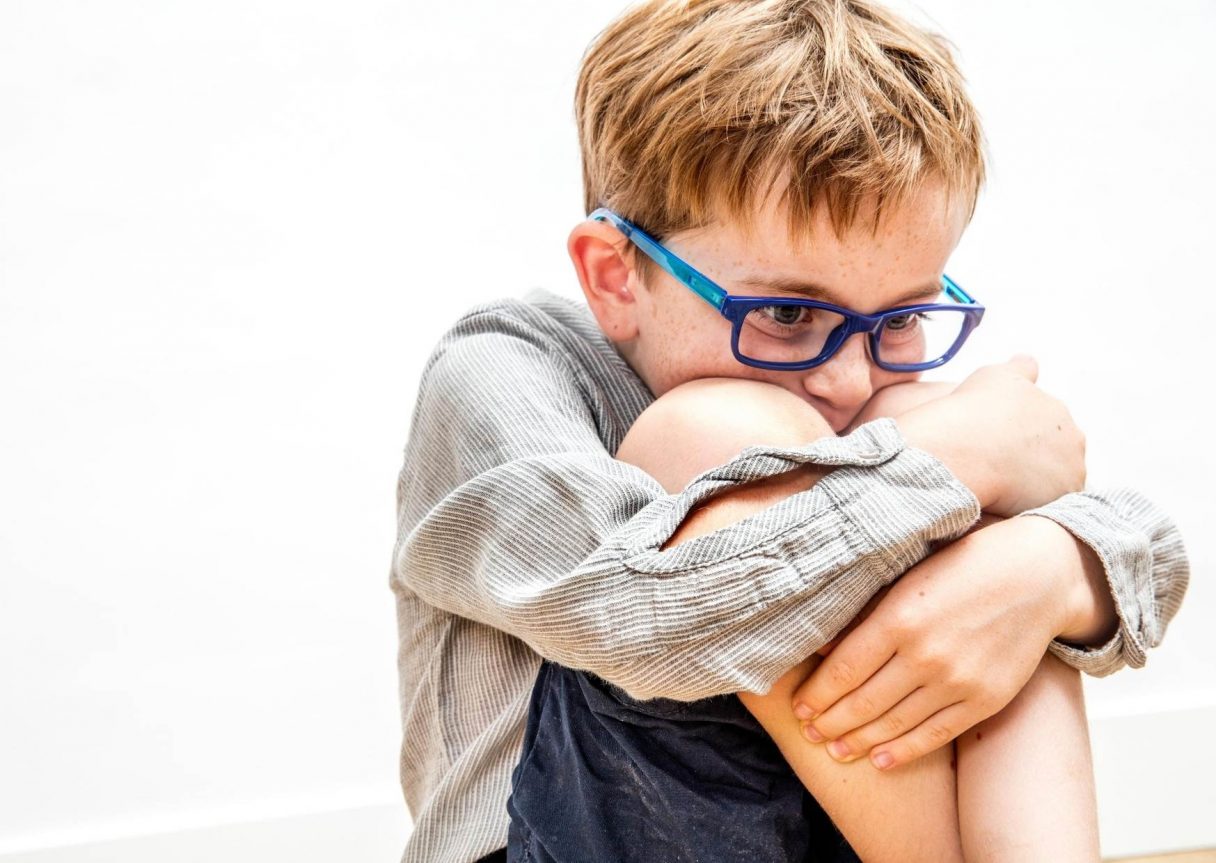
The consequences of bullying
When talking about the effects of bullying, we usually tend to focus more on the victim. The bullied ones undoubtedly need to be taken care of but, perhaps unexpectedly, the bullies may also experience the negative consequences of their own behaviour (and I am not just referring to the possible disciplinary measures taken against them).
Everybody who has exerted, received or, even, witnessed bullying attacks may have to deal with their long-lasting consequences.
Bullying consequences for the victims
Consequences for the victims:
- they may feel afraid, angry, anxious, ashamed, helpless… and sometimes guilty;
- their self-esteem decreases;
- isolation;
- mood changes;
- they may withdraw from activities;
- deterioration of academic performances;
- they might become secretive and avoid talking about school;
- engage in absences;
- school change (enrolling in another school);
- physical consequences: headaches, changes in appetite, digestive problems, sleep troubles.
If the bullying continues for long periods of time, the consequences risk becoming more and more serious. Long-lasting effects on the victims: anxiety disorders, post-traumatic stress disorder, depression, troubles in establishing trusting relationships, and suicide attempts.
Bullying consequences for the bullies
Short and mid-term consequences for the bullies are diverse, too, and they may vary from criminal reports to school drop-out. In addition, it has to be noticed that bullies can experience a deep sense of guilt when they realize how harmful their behaviour has been.
There’s often some dysfunction or difficulty behind bullying behavior. If not properly addressed, bullies are as likely as victims to carry their problems into adulthood.
Former bullies tend to have difficulties on many levels: health, psychological, social and relational. Being a bully in childhood seems to be associated with:
- Abuse of alcohol and drugs;
- Early sexual activity;
- Abuses towards partners and children;
- Low education;
- Difficulties in finding or maintaining employment
- Antisocial, aggressive behaviour;
- Police records.
How to deal with bullying?
There’s not just one answer to this question. Not only managing, but also detecting bullying situations at school requires knowledge, skills and training.
Needless to say, it takes time and a lot of effort to eradicate bullying once the situation has become chronic.
Bullying is certainly a complex and multi-faceted issue and intervening requires having an idea of the reasons behind it and, once bullying situations are identified, appropriate protocols should be followed by the school.
I also have to say that, in severe bullying situations I witnessed, the happy ending usually consisted of a “ceasefire” rather than a “kiss-and-make-up”. According to what I have seen so far, in most cases the bullies and their victims have not made friends – having the aggressors interrupt their disruptive behaviour was a very good result already.
Prevent bullying rather than deal with it
Anyway, facing bullying means, first of all, implementing good practices to prevent it!
For example, KiVa, which is probably the most famous Finnish anti-bullying program, includes prevention, intervention, and monitoring. Each of those phases is fundamental to limit and control bullying at school.
Preventing bullying means favoring a healthy school climate. That’s a big notion, not easy to define. We can say that, in a positive-climate school, there’s a shared sense of belonging to a good community. The school environment feels safe for all the people that are part of it, and everybody feels they can count on other members to collaborate, to solve problems and to grow up together.
Discover more about how to create a positive school climate in our teacher training course.
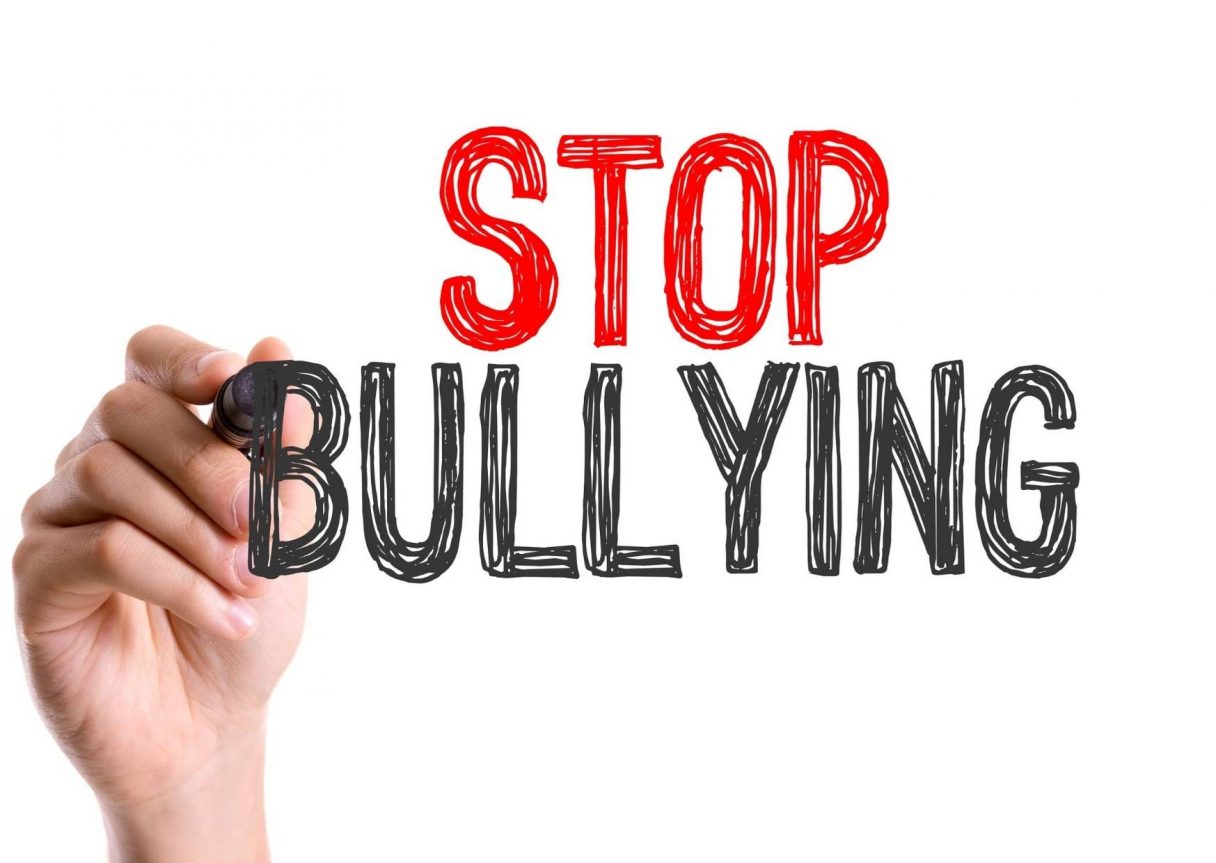
A school with a positive climate:
- Provides the students with opportunities to develop their social and emotional intelligence, that is to say skills of self and social awareness, responsibility, decision making, self-management and relationships management, kindness and respect;
- Actively involves the students in the definition of the norms that favour good coexistence;
- Keeps the line of communication open and encourages everybody to feel at ease about sharing possible difficulties or to tell about negative happenings they might witness (remember that the role of bystanders is crucial both to detect and hinder bullying phenomena!);
- Makes sure the students know that there’s somebody who can support them, who they are, when and where to find them;
- Aims at teaching kids how to limit prejudice and discrimination, replacing them with positive acceptance and cooperation;
- Promotes meaningful learning activities, to teach both curricular and extra-curricular topics;
- Encourages the students to discover their talents and to do things they love; certain activities and hobbies can boost self-esteem and provide pupils with good chances to make friends;
- Checks out the national anti-bullying protocols and/or involves the school staff and the students in designing taylor made, useful guidelines;
- Educates students, the school staff and the wider community (including parents!) about what bullying is.
It’s important to share a clear and effective definition of bullying. Everyone should have an idea how to detect it, how to differentiate it from “physiological” conflicts, how to contribute to prevent or face it.
Everybody should be aware of the sad effects bullying can have and feel motivated to give their own contribution to fight against it.
Conclusion
Would you like to share your experiences?
What are your experiences with bullying? Did you enjoy reading this article? What did you find interesting or what made you reflect? Please share your impressions and experiences in the comments below! Feel free to express your ideas for bullying prevention or questions.
Our experience at Europass
We have been a member for several years of GRITFIS, an international Erasmus+ project about bullying. Its goal is the sharing of good anti-bullying practices implemented by teacher training centers and schools of different levels and nationalities.
Discover our teacher training courses about group dynamics in the classroom and find out why it is intimately related to bullying.
Bibliography and web references:
- Olweus, D., 1993, Bullying at School: What We Know and What We Can Do
- Olweus, D., 2007, Olweus Bullying Prevention Program: Schoolwide Guide
- American Psychological Association, 2010, Who Is Likely to Become a Bully, Victim or Both?
- stopbullying.gov, Effects of Bullying
- Cyberbullying Research Center, 2010, Social Norms and Cyberbullying Among Students
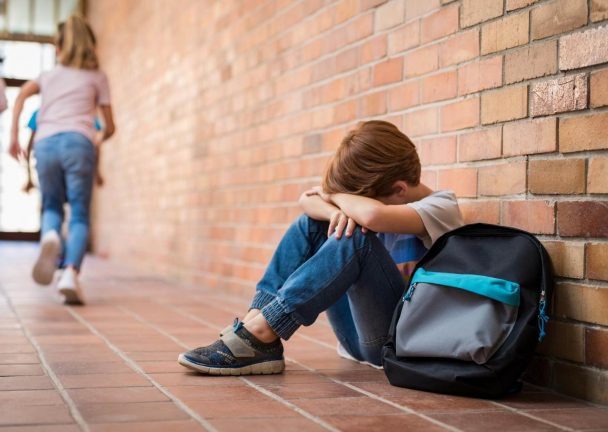

First of all, thank you for this report. It was a pleasure reading it.
Some years ago, a student of mine follwed a psychological treatment. This student was a former bully and at that time he was having a lot of problems at school. The psychiatrist told me that most of the times the cause of the bullying is the envy aroused by the victim. I was surprised, I used to think that the bully chose always the weakest in the classroom.
I realised that bullying has consequences for the bully too.
I am researching ‘bullying because my child has experienced several episodes at primary school. She meets several of the criteria (of ‘victim’): being new at the school, being talented, inclusive and photogenic in the physical sense. The ‘bully’ seems to be a ‘queen’ of the classroom, draws followers and puts those followers in a situation of becoming politicised, in the sense of ‘voting’ for her, and demonstrating the exclusion of my daughter. The ‘bully’ maintains attention and respect and ‘friendship’ by alliance, to some extent. The damage is that a naif is excluded from her own friends, girls she trusted, who betrayed her, because they are herding, following the top dog. My daughter described the experience as a ‘disappointment’. And while this is true, there was also trauma attached. It was a life lesson. This is stuff from the animal kingdom and goes contrary to many of the standards we set ourselves as adults.
Thanks for the article about such an important topic. it was a bit lengthy though and lacking on the HOW to prevent bullying department, imo. i was looking for more concise, practical advice and got more of a theoretical overview with out much news.